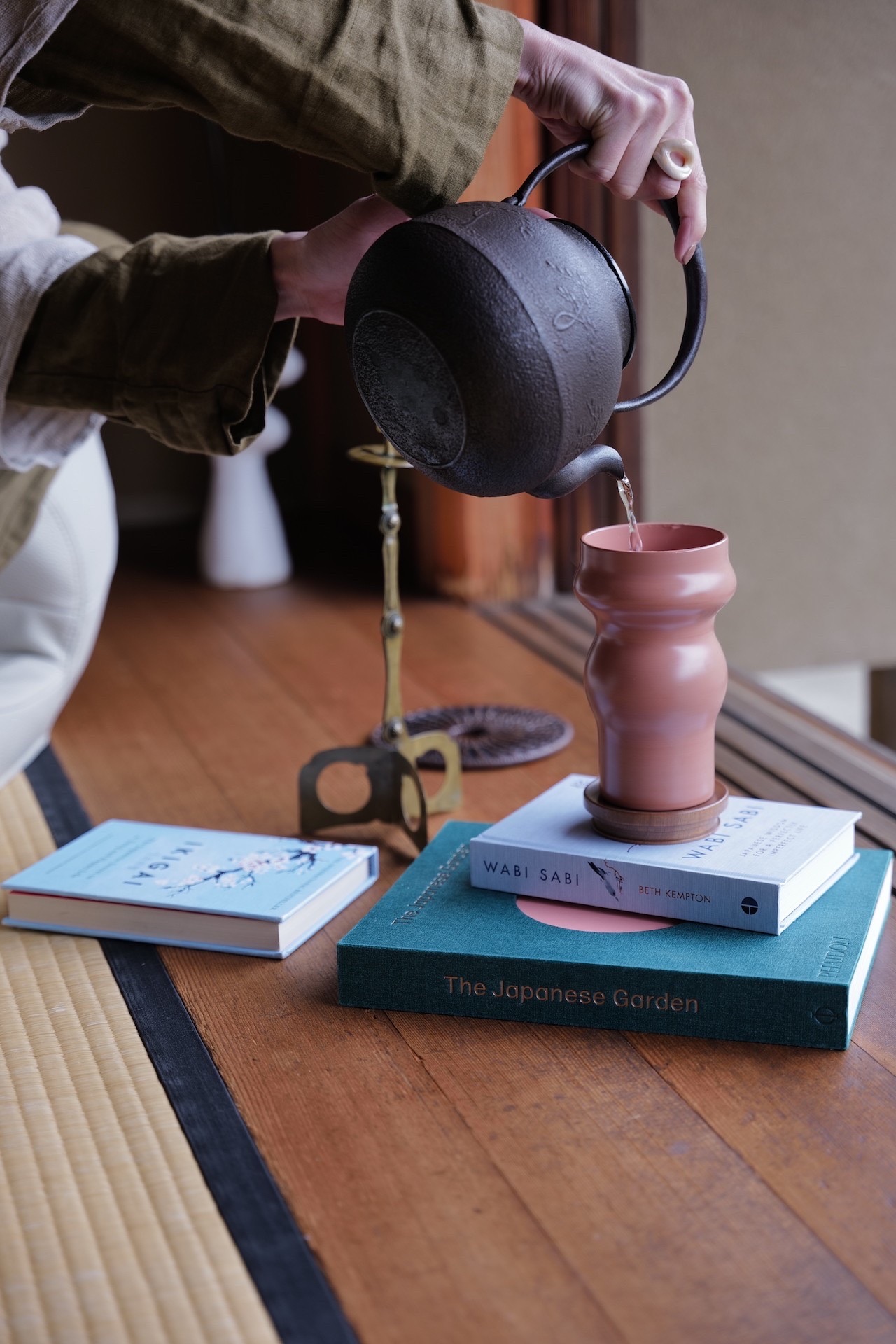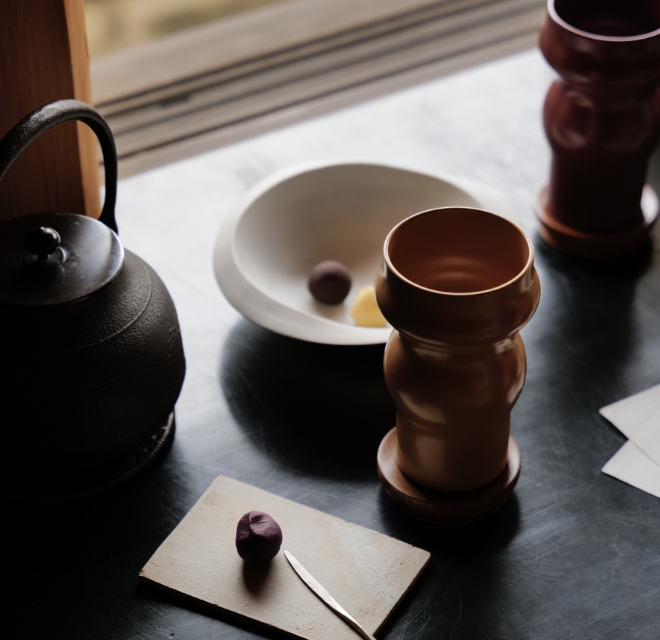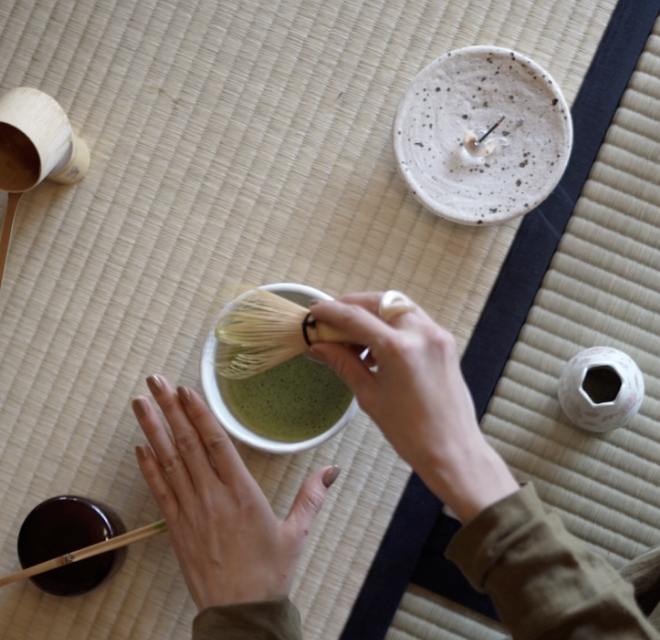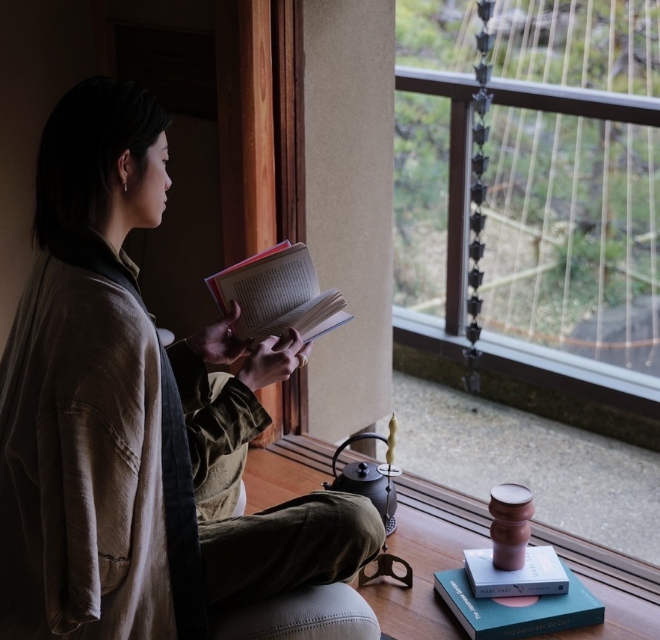The Ancient Fermentation Culture of Noto
Noto is so renowned for its rich fermentation culture that it is referred to as the “Fermentation Kingdom”. Before the development of infrastructure and logistics, Noto was called “Island of Earth”. In order for people living here to survive the long winter in harsh conditions, the food needed to be preserved to last longer. The ancestors of this land have refined their craft, and their multiple experimentations have resulted in the fermented foods of today. There is a long history attached to this methodology, as reflected in records that show the making of fermented foods using fish and shellfish for more than 1000 years. Noto’s “pickling and fermenting technology” has been designated as Globally Important Agricultural Heritage.
Noto is called the Fermentation Kingdom is largely due to the climate. Noto has the highest annual rainfall and relatively high humidity compared to the rest of Japan, so even if you try to store food dry, it is likely to spoil before the water evaporates. Therefore, the solution lay in the food fermentation processes developed with the power of various microorganisms. The fermentation process starts and progresses in the humid summer, then the cold winter, the constant low temperature creates an optimal environment to preserve the results of that fermentation. Other than the local climate, the abundance of rice and salt is also a factor, both of which are the basic ingredients necessary for fermentation.

Typical fermentation products include traditional sake, miso, and soy sauce, but Noto has more than a dozen small sake breweries that produces over a hundred different brands, making it an epicenter for sake brewing. The master brewer in sake production is referred to as touji, who oversees the entire process and has final say on the product. The touji in the Noto guild of sake brewing counted as one of Japan’s greatest, along with the ones from the Iwate Prefecture in the South, Echigo in Niigata Prefecture, and Tajima in Hyogo Prefecture. As rare as it is now, the touji craft is still being passed down today.
The Blessings of Satoyama Satoumi
In Noto, fermented fish and shellfish such as ishiru (ishiri), narezushi, shiokara, konowata, and konkaiwashi, as well as pickled vegetables like kaburazushi and daikozushi are all unique to Satoyama Satoumi. Notably, combinations of both vegetables and fish such as shiokara. These were not only types of preserved foods, but they also valuable sources of protein in the region. Of all these different types of fermented product, ishiru is emblematic. It is made by soaking both the fish’s meat and innards in salt and slowly allowing it to ferment naturally. Sotoura uses squid and mackerel in a similar way, and Uchiura uses squid. It is a product that reflects the respect for life that the people of Noto have, who “do not waste the animal’s body, bones or innards”. After about 1 to 3 years, the resulting fish sauce will have a unique flavor that is packed with umami. Whether it’s pairing the sauce with boiled vegetables or using them as a secret ingredient in recipes, it has long been popular as an indispensable seasoning at many dining tables.
Narezushi, also known as “the origin of sushi”, is essential to the conversation about fermented foods in Noto. When salted fish is soaked with rice and aged, lactic acid fermentation softens the bones and produces a gentle acidity similar to cheese. Narezushi has long been served as a food saved for special occasions at festivals. It is one of the pleasures of the people of Noto to be able to share the Narezushi bounty of the year with visitors at the festival. Even if the same person is had treated the fish in the same way as the previous year, the taste changes depending on the climatic conditions of the year.
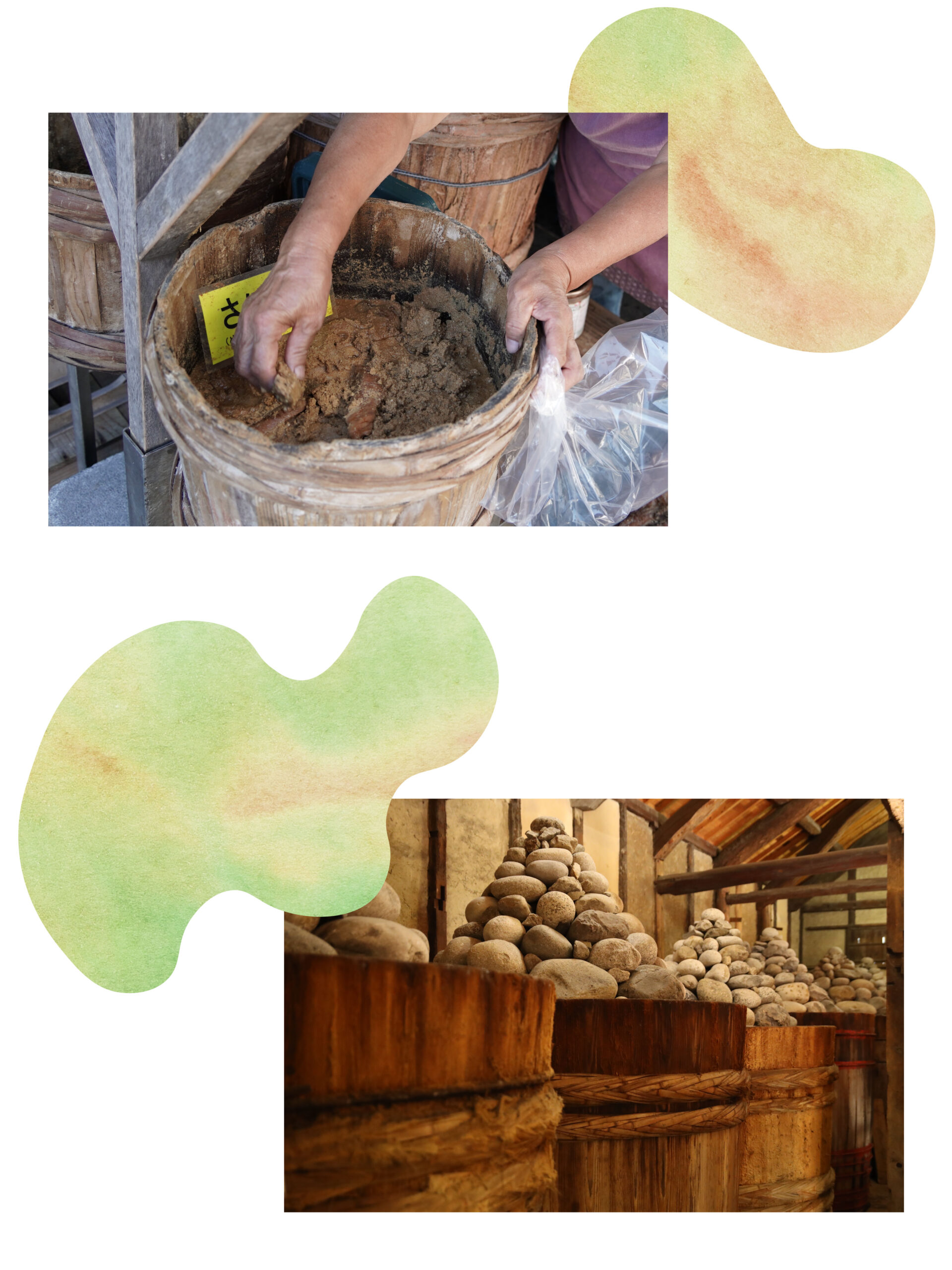
The Mystery of Fermentation
Nukazuke (Japanese pickles fermented in rice bran and brine) is also popular in Noto. Examples are types of fish such as fugu no ranso no nukazuke and konkaiwashi which is sardines pickled in rice bran. Fugu no ranso no nukazuke is made by salting the highly poisonous blowfish ovaries, then pickling it in rice bran and fermenting it for more than two years. Born from the wisdom of the ancestors and a hearty love for food, these specialty fermented foods and their production methods are still passed down today through the generations as a point of cultural pride.
From December, a deluxe specialty “tefutefu box” packed with traditional Noto ingredients and vegetables from Takanoen will be released. Details will be announced on the official website and social media. Please keep an eye out!
Photo: Mammy Horie & unsplash
Text: Yuka Sone Sato
Design: Mammy Horie
Translation: Kelly Yeunh





